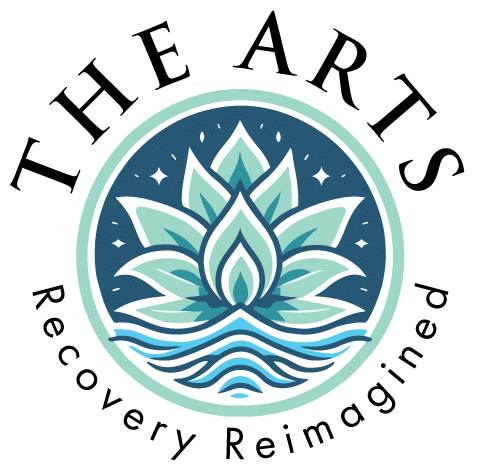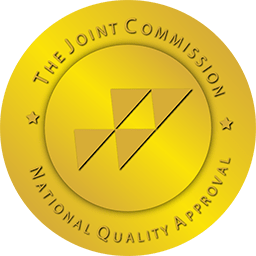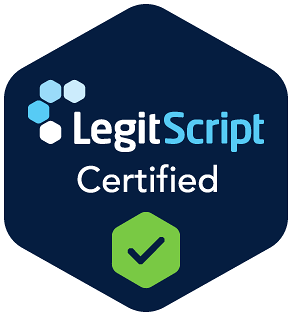Concerning addiction, two terms frequently appear in discussions: “helping” and “enabling.”
Though both stem from love and concern, they can impact individuals fighting addiction differently.
Continue reading to delve into the distinction between enabling and helping and discover practical tips to stop enabling addictive behavior!
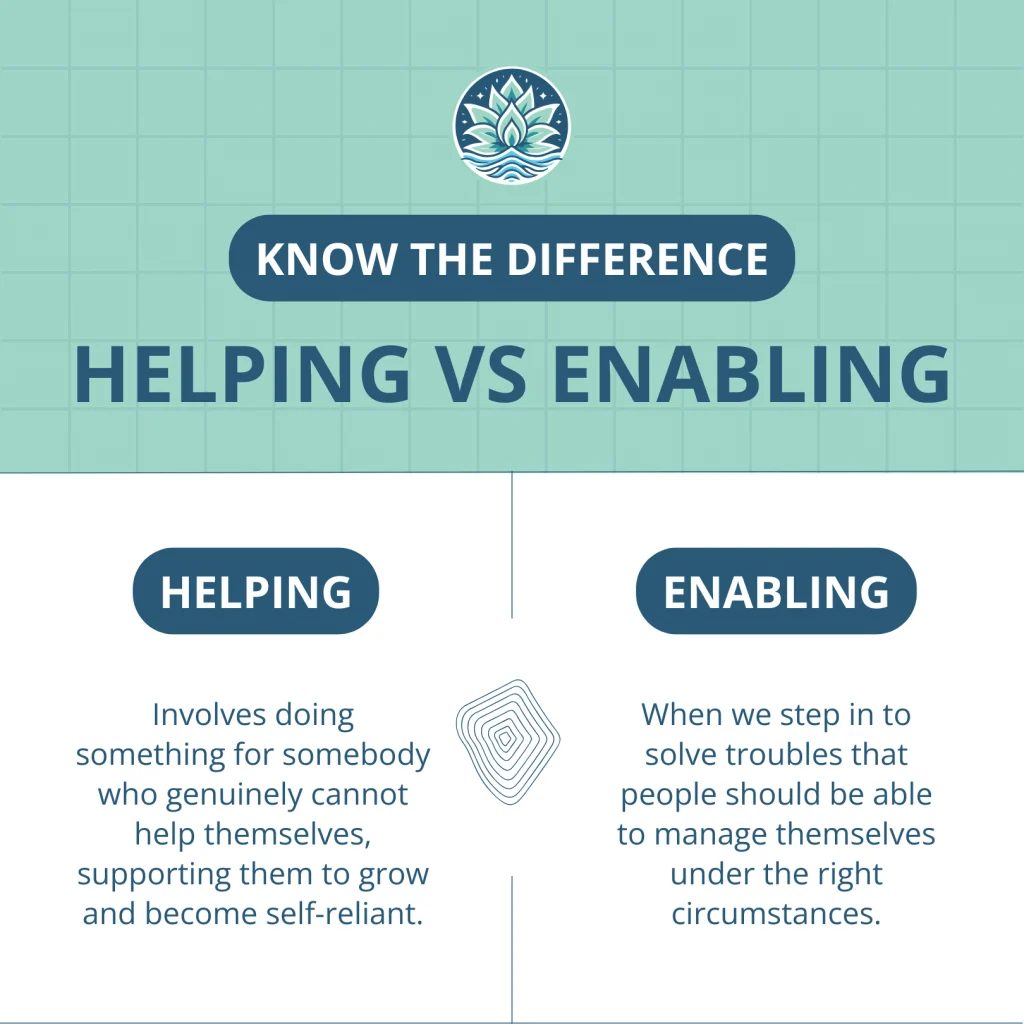
Helping vs. Enabling: The Crucial Difference
At first glance, helping and enabling may appear similar, but they are entirely different.
Helping involves doing something for somebody who genuinely cannot help themselves, supporting them to grow and become self-reliant.
On the other hand, enabling is when we step in to solve troubles that people should be able to manage themselves under the right circumstances.
In addiction counseling, enabling typically refers to activities that permit individuals to continue their addictive behavior without facing adverse outcomes or reaching their breaking point.
The Long-Term Impact of Enabling an Addict
Enabling may appear compassionate initially, but it can have severe and long-lasting adverse effects.
When enablers shield addicts from the consequences of their actions, they unknowingly contribute to the perpetuation of the addiction.
This not only harms the addict but also places a significant emotional and sometimes financial burden on the enabler.
Recognizing Enabling Behaviors
To put an end to enabling addictive behavior, it’s crucial to start by identifying the signs. Let’s take a look at examples of enabling behaviors:
- Regularly loaning money to the addict: Repeatedly giving them cash even though it enables their addiction.
- Continually making excuses for their behavior: Often finding justifications to defend their actions.
- Consistently bailing them out of trouble: Always saving them from the consequences of their actions.
- Underestimating the severity of their addiction: Downplaying the gravity of their dependency.
- When we ignore the unhealthy or potentially dangerous behavior of an addict, we are essentially disregarding their harmful activities.
- Blaming others for the addict’s actions: Holding others answerable for the addict’s choices.
- Assuming the responsibilities and tasks of an addict to protect them.
- Ignoring the undeniable evidence of addiction: Choosing to pay no heed to the reality of their struggle despite clear indications.
- Avoiding conflicts with the addict: Sidestepping confrontations or disagreements.
These actions, although with good intentions, only end up shielding the addict from the truth of their situation, ultimately prolonging the cycle of addiction.
How to Stop Enabling Addictive Behavior
Changing enabling behavior is no walk in the park but is crucial for recovery. Let’s dive into ten actionable steps to help you get started:
- Learn about addiction and its effects.
- Establish clear and enforceable boundaries for better communication and understanding.
- Avoid always fixing the addict’s mistakes.
- Provide encouragement and support for their efforts in addiction treatment.
- Seek help through therapy or support groups like Narc-Anon Family or Al-Anon Family.
- Make sure to take care of yourself and prioritize your well-being.
- Have open conversations about how the addict’s behavior impacts you.
- Try your best to stay consistent with your actions and responses.
- Empower the addict to take responsibility for their choices.
- Acknowledge that you can’t control the addict’s decisions.
By understanding how to stop enabling an addict, you can transition from contributing to the issue to becoming part of the answer.
Remember, the objective is not to distance yourself from the person grappling with addiction but to offer the appropriate support that aids their path to recovery.
Break the Cycle of Addiction: Support Recovery with ARTS IOP’s Comprehensive Care Options
If you or someone you know needs addiction counseling, contact ARTS IOP.
Rediscover the best parts of yourself with their extensive care options, including PHP, IOP, and outpatient treatment services.
It’s vital to grasp the distinction between helping and enabling when overcoming alcohol and drug addiction.
By recognizing enabling behaviors and discovering how to tackle them, you can truly empower your loved one on their path to recovery.
Remember, it’s not about stopping caring; it’s about caring in a way that promotes well-being, responsibility, and healing.
